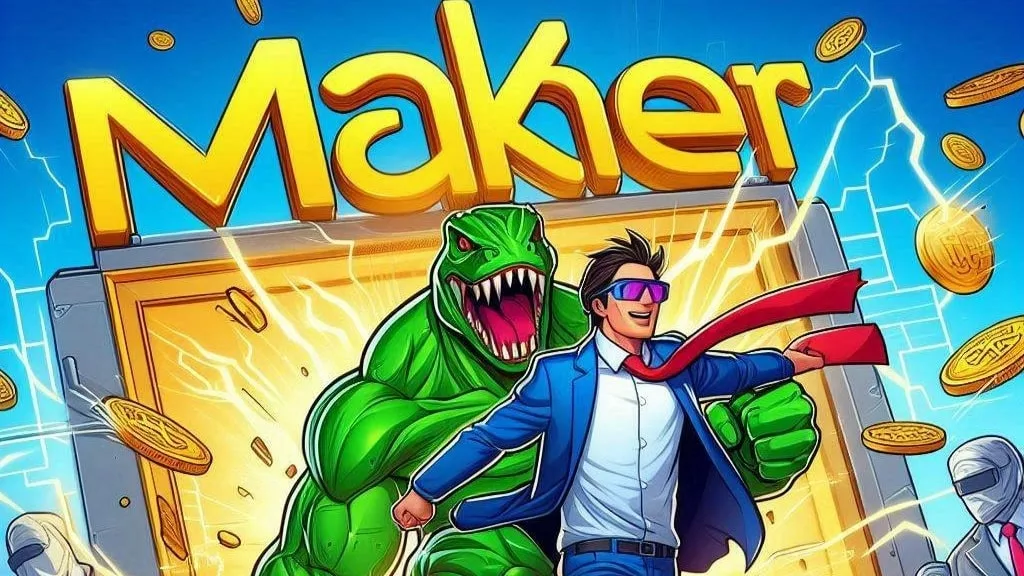
Babylon, a decentralized Bitcoin staking protocol, experienced a dramatic downturn this week after more than $1.2 billion in Bitcoin was withdrawn from its platform. The sudden unstaking caused a sharp drop in its total value locked (TVL) and sent its native token, BABY, into a steep decline. Although the move has been attributed to a planned upgrade, the event has left many questioning the protocol’s short-term stability and broader implications for Bitcoin-based DeFi.
$1.26 Billion in Bitcoin Withdrawn from Babylon
On April 17, nearly 15,000 BTC—equivalent to around $1.26 billion—was unstaked from Babylon in a single transaction. The event, first flagged by blockchain analytics firm Lookonchain, quickly gained attention across the crypto community. Such a massive outflow of capital in such a short time raised immediate concerns about whether there was internal turmoil, protocol risk, or a sudden shift in user sentiment.
The Bitcoin exodus dropped Babylon’s TVL from $3.9 billion to roughly $2.6 billion in less than 24 hours, marking a staggering 32.7% decrease. This is one of the most significant drops in TVL the protocol has ever experienced and places it among the biggest recent one-day declines across the DeFi ecosystem.
At present, the amount of Bitcoin still staked on the platform has dwindled to just over 31,500 BTC, reinforcing the magnitude of the withdrawal event.
BABY Token Dips Nearly 10% Amid TVL Fallout
Alongside the drop in TVL, Babylon’s governance and utility token, BABY, suffered a notable price decline. The token shed 9.8% of its value in just one day, trading at around $0.80 at the time of writing. For a relatively new token, this level of volatility following a platform event is not entirely unexpected—but it nonetheless reflects shaken investor confidence.
Token holders and prospective users are now left evaluating whether this is merely a temporary dip linked to technical upgrades, or the beginning of broader market instability for the project.
Lombard Finance Explains the Strategic Unstaking
In an attempt to address the growing unease, Lombard Finance, one of Babylon’s core partners, stepped forward to clarify the nature of the event. According to the team, the large-scale BTC withdrawal was not a panic exit, but part of a structured transition to a new set of finality providers—key validators in Babylon’s consensus layer.
“The unstaking process is being carried out to facilitate the onboarding of our new Finality Providers,” Lombard said in a public statement. The team reassured users that the funds would be restaked once the unbonding process is complete and that the transition is a planned and necessary upgrade for long-term scalability.
While the clarification provided some reassurance, it has not completely eased market concerns. With billions of dollars in digital assets moving in and out of protocols, even scheduled transitions can cause market tremors, especially in an ecosystem as sentiment-sensitive as crypto.
Previous Airdrop May Have Set the Stage
Notably, this mass withdrawal comes just weeks after Babylon’s airdrop of 600 million BABY tokens—6% of the total supply—to early adopters, stakers, and developers. That airdrop, while initially seen as a positive move, coincided with a $21 million Bitcoin withdrawal within 24 hours of distribution.
This pattern raises the question of whether the airdrop inadvertently encouraged some participants to liquidate or reposition their holdings, potentially triggering a wave of unstaking that was compounded by the recent platform upgrade.
A Crucial Test for Bitcoin-Based DeFi
Babylon’s recent turbulence highlights a broader issue within the Bitcoin DeFi space: high-value movements from a few key players can significantly alter market dynamics. While the platform maintains that funds will be restaked and upgrades are proceeding as planned, such events underline the fragility of early-stage DeFi ecosystems that rely on consistent staking activity and investor confidence.
If Babylon successfully executes its upgrade and funds return as promised, the platform could emerge stronger and more scalable. However, any delay or misstep could amplify skepticism and further depress both TVL and token performance.



Get the latest Crypto & Blockchain News in your inbox.